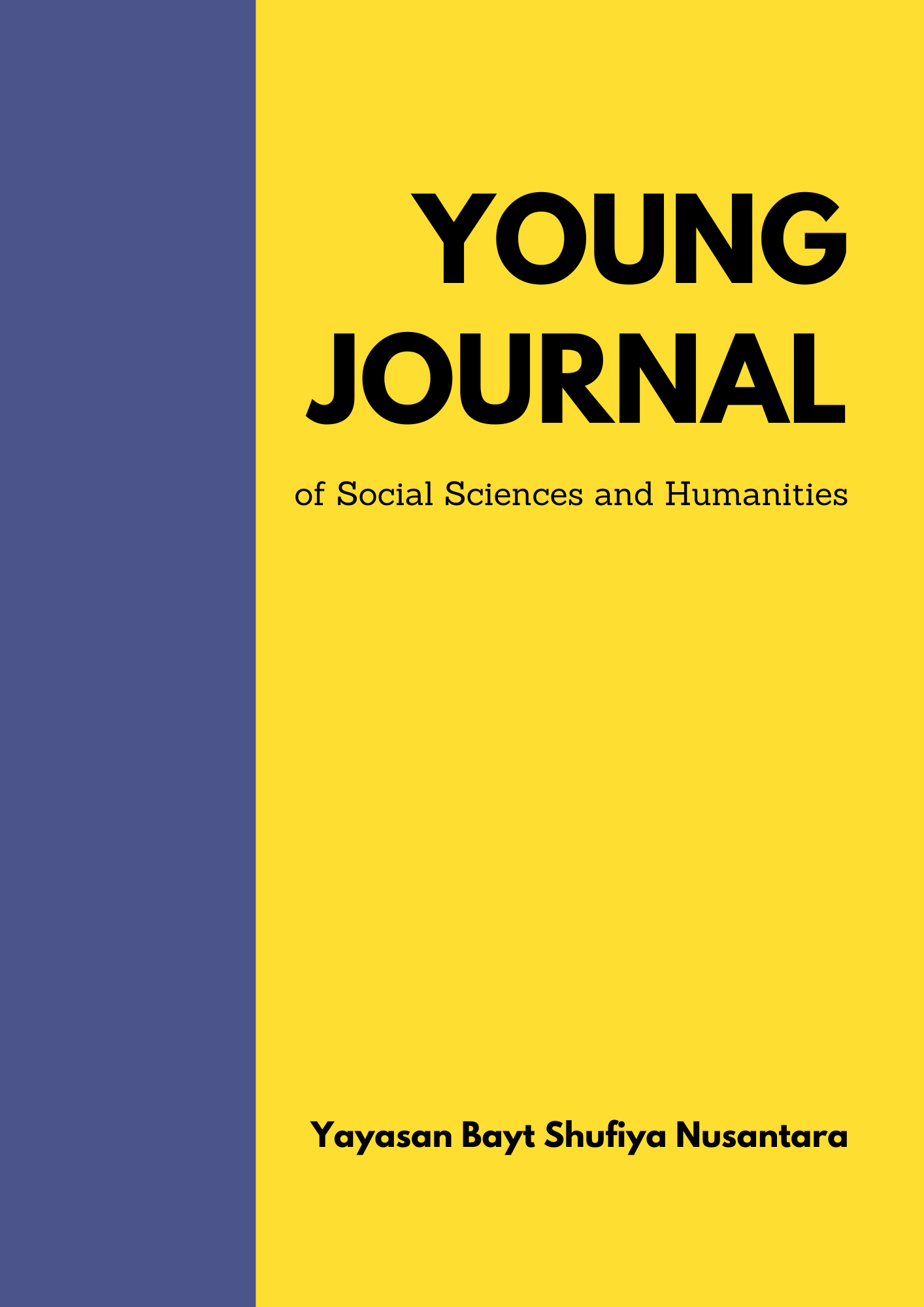Dalihan Na Tolu: A Cultural Framework for Religious and Social Harmony in Padangsidimpuan
Keywords:
Dalihan Na Tolu, Religious Harmonization, PadangsidimpuanAbstract
This research aims to examine the role of Dalihan Na Tolu values in creating harmonious social-religious relations in Neighborhood I of Losung Village, Padangsidimpuan. Dalihan Na Tolu, as the kinship system of the Angkola Batak community, is believed to be not only a guideline in the family structure, but also affects the pattern of social interaction involving various religious backgrounds. This research uses a qualitative approach with a case study method, where data is obtained through in-depth interviews, observation, and documentation. The results showed that Dalihan Na Tolu values are actualized in people's daily lives through mutual respect, help, and maintaining the boundaries of each other's beliefs, both in social interactions, religious events, and death moments. This finding indicates that local wisdom plays a strategic role in building a harmonious and tolerant society culturally and religiously. Thus, Dalihan Na Tolu can be understood as an effective form of cultural articulation in maintaining religious social harmony in the midst of diversity.
References
Firmando, H. B. (2021). Orientasi Nilai Budaya Batak Toba, Angkola Dan Mandailing Dalam Membina Interaksi Dan Solidaritas Sosial Antar Umat Beragama Di Tapanuli Utara (Analisis Sosiologis). Studia Sosia Religia, 3(2), 47–69. https://doi.org/10.51900/ssr.v3i2.8879
Khoiruzzadi, M., & Dwi Tresnani, L. (2022). HARMONISASI MASYARAKAT MUSLIM DAN KRISTEN: POLA INTERAKSI BERMASYARAKAT DUKUH PURBO. Harmoni, 21(1), 130–150. https://doi.org/10.32488/harmoni.v21i1.599
Muda, I., & Suharyanto, A. (2020). Analysis of life’s inter-religious harmony based on the philosophy of Dalihan Na Tolu in Sipirok Sub-district, South Tapanuli Regency, North Sumatera Province. Journal of Human Behavior in the Social Environment, 30(5), 533–540. https://doi.org/10.1080/10911359.2019.1708526
Nasir, M., & Rijal, M. K. (2021). Keeping the middle path: mainstreaming religious moderation through Islamic higher education institutions in Indonesia. Indonesian Journal of Islam and Muslim Societies, 11(2), 213–241. https://doi.org/10.18326/ijims.v11i2.213-241
Nasution, F. A., Sutrisno, J., Nuryadin, D., Yasin, A., & Pribadi, M. A. (2024). Considerations on the Prohibition of Interfaith Greetings in Indonesia: Between Religion and Harmony. Pharos Journal of Theology, 106(1), 1–13. https://doi.org/10.46222/pharosjot.106.9
Novebri, & Resdilla Pratiwi. (2022). The Harmonizing Among Multicultural Societies: Based on The Six Religious Leaders Perspective in Medan City. The 4th International Conference on University Community Engagement (ICON-UCE 2022), 4(SE-), 477–486.
Safira Indah. (2025). Lakum dīnukum wa-liya dīnī: Acehnese Attitudes Toward Interfaith Relations. Sufiya Journal of Islamic Studies, 1(2 SE-Articles), 40–51.
Syafitri, D. (2025). Tolerance in Social Interaction Between Muslims and Christians: A Study in Percut Sei Tuan, Deli Serdang. Young Journal of Social Sciences and Humanities, 1(1 SE-Articles), 13–22.
Zendrato, S., Siregar, T. O., Yulianti, N., Panjaitan, M. S., Aulia, Z., & Kurniawan, F. (2024). Analisis Hambatan Interaksi Komunikasi Antarbudaya dalam Keberagaman Etnis di Kota Medan. Indonesian Research Journal on Education, 4(4 SE-Articles), 1804 – 1808. https://doi.org/10.31004/irje.v4i4.1345
Downloads
Published
How to Cite
Issue
Section
License
Copyright (c) 2025 Mukti Ali

This work is licensed under a Creative Commons Attribution-ShareAlike 4.0 International License.














